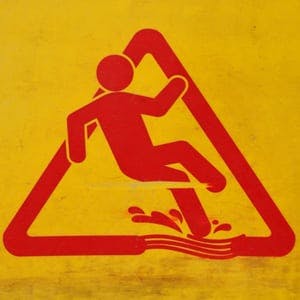Important new Workplace Health and Safety Laws commenced around Australia on 1 January 2012, and now almost six months on, businesses should take another look at the legislation and ensure they’re complying or risk fines of up to $3 million.
The six Australian states, two territories and the Commonwealth have all reached agreement to pass almost identical laws, following consultations over the past three-and-a-half years. This involves a model Work Health and Safety Act plus model regulations and codes of practice.
The 1 January 2012 start date has been delayed in South Australia and Tasmania. Victoria and Western Australia will have more significant delays. New South Wales, Queensland, the ACT, Northern Territory and the Commonwealth already have the laws in place.
The most significant changes include the following:
- Duty of care – the primary duty of care is now owed by a person conducting a business or undertaking (PCBU). A PCBU covers a much wider group than the traditional duty owed by employers that still currently exists in some state and territory OH&S laws.
- Who is owed a duty – duties are owed to “workers” and “others” who may be put at risk. The definition of “workers” is extremely wide. Essentially, a duty is owed to all individuals who may be foreseeably exposed to any risk of injury in a workplace.
- What the duty requires – the duty requires that the health and safety of workers and others is not put at risk, so far as is reasonably practicable. This qualification represents a significant change to the laws of New South Wales and Queensland, where the requirement to protect health and safety is currently absolute, rather than being qualified.
- Duties of company officers – company officers will have a positive duty to apply due diligence to ensure that the business complies with the Act. This is one of the major changes to existing health and safety laws. There are number of due diligence requirements that must be satisfied, including officers taking reasonable steps to:
- Acquire and keep up to date knowledge of health and safety matters;
- Understand the business and hazards/risks associated with it;
- Ensure the business uses appropriate resources to eliminate/minimise risks; and
- Ensure the business has and implements processes to comply with its duties.
Company officers may expose themselves to risk of prosecution if they fail to apply these due diligence requirements.
- Worker involvement in OH&S – the Act contains detailed provisions for involvement of workers in health and safety issues. It includes the election of Health and Safety Representations (HSRs), work groups for representation by HSRs and the establishment of workplace health and safety committees.
- Consultation with other duty holders – duty holders have a duty to consult with others who have the same duty. The business has a duty to consult with workers in a wide variety of circumstances.
- Fines – the Act introduces major increases in fines for breaches. Three different categories of breach will be introduced, with maximum fines for the most serious breaches being $3 million for corporations, $600,000 for company officers and $300,000 for workers.
Every workplace should be prepared for this new legislation. This includes planning to ensure that due diligence requirements are met, appropriate consultation procedures are in place and relevant training is provided for duty holders.
This article originally appeared in Giftrap magazine, the Australian Gift and Homeware Association’s member magazine.

